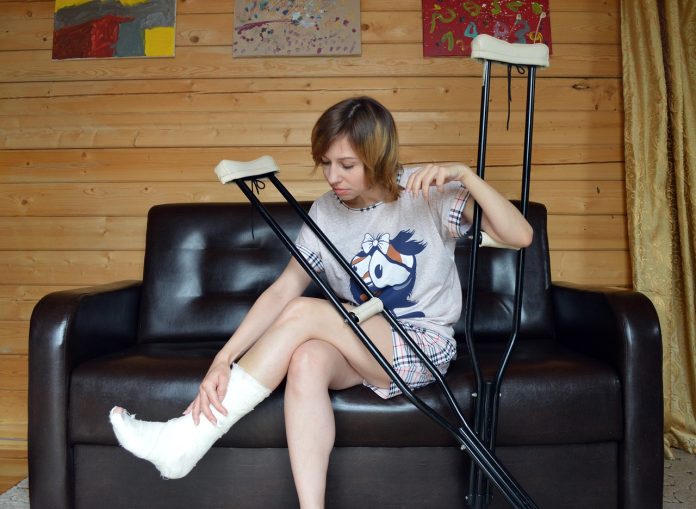A whole lot of injuries happen at our various workplaces. In a report released by the United States Labour Bureau of Statistics in 2021, employers reported 2.6 million non-fatal illnesses and injuries and 5,190 fatal ones across all employment sectors. This shows that although various workplaces constantly put safety measures in place, certain unforeseen circumstances could still very well lead to one workplace injury or the other.
Some common workplace injuries are collisions, cuts, and lacerations, being hit by falling objects, with slips and falls being the most common. There are recommended steps you should take when you get injured at work. From ensuring you get adequate treatment to acquiring the services of a lawyer for slip and fall accident or other injuries you may have sustained, this article recommends proven steps to handling a workplace accident.
First Things First; Safety
As a victim of a workplace hazard, the thing of utmost importance is your health. Your immediate reaction to any injuries should be to seek out medical attention. In compliance with work safety guidelines, your workplace should have a first aid kit and a standby medic as first responders to injuries that may occur during work hours.
Irrespective of how minor the injury is, it is necessary to follow up on first aid with a visit to the hospital to see a specialist. A medical examination would ascertain the absence of any latent injuries. Precautions like this are crucial when sensitive areas of the body, like the head, are involved.
A visit to a medical centre will also play a part in ensuring you get a doctor’s note regarding your health status at the time of your workplace accident. This might come in useful in any attempt to receive compensation from your employers.
Report and Ensure Proper Documentation of the Injury
Every organization should have a record for documenting injuries and health-related hazards. After an injury at work, you should report to your supervisor or head of the department, who would then ensure that your injuries are recorded in the organization’s health books.
You should do this as soon as possible while the incident is still fresh, as failure to do it might breach your employer-employee agreement, which is the case in many organizations.
Also, if a failed system or machine caused the accident, then the company would have it checked out to prevent others from getting hurt. The company can also put in some safety practices to avoid a repeat of such.
Let your Co-workers be Aware of your Injury
Getting co-workers you trust to stand with you could prove vital if a legal battle ensued between you and the business. Letting as many people as possible in on your workplace accident would not only be beneficial to you but also to them as it would ensure that the same thing does not reoccur with someone else.
Colleagues could also help you gather the necessary media evidence you may need to help your case if you decide to file for compensation from the organization.
Get Irrefutable Proof of the Injury
Depending on the nature and severity of the injury, doing this on the spot or at the exact time of the accident may not be possible. However, for the sake of making future claims regarding the injury, you would need to gather as much evidence as possible to show the cause and prove a fault.
This would come in handy, especially if the accident happened due to neglect or poor safety protocols on the company’s part. Also, graphic evidence would help to counter any form of a possible coverup by the management of the company—in a bid to avoid sanctions and compensation to the injured party.
Hire a Lawyer
In several cases, slip and fall accidents are sometimes your fault, but they might also be due to someone else’s negligence. If you get injured after falling at work, you should hire a lawyer for slip and fall accidents. Personal injury attorneys are experienced with such cases and can look at your evidence to prove liability. Take for instance, a slippery or wet floor surface responsible for a slip-and-fall incident that leads to a head injury or a dislocation. It might be harder to make a compensation claim without irrefutable proof that the safety protocols of workers were breached. A lawyer can look at the evidence and determine the difference between your tripping due to your negligence and a breach of safety protocol.
Workplace injuries are inevitable. Being prepared for when it happens is a step in the right direction.



 Bitcoin
Bitcoin  Ethereum
Ethereum  Tether
Tether  XRP
XRP  Solana
Solana  USDC
USDC  TRON
TRON  Cardano
Cardano  Lido Staked Ether
Lido Staked Ether  Avalanche
Avalanche  Toncoin
Toncoin